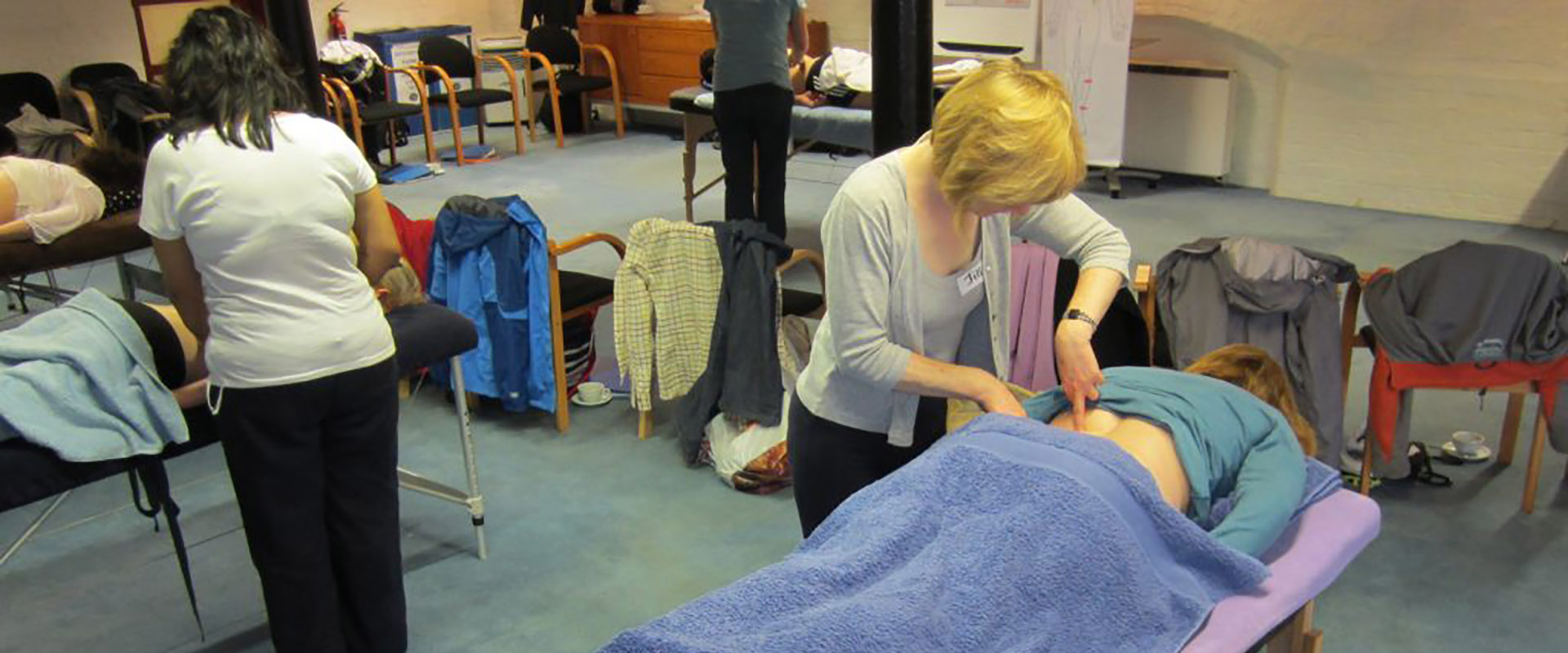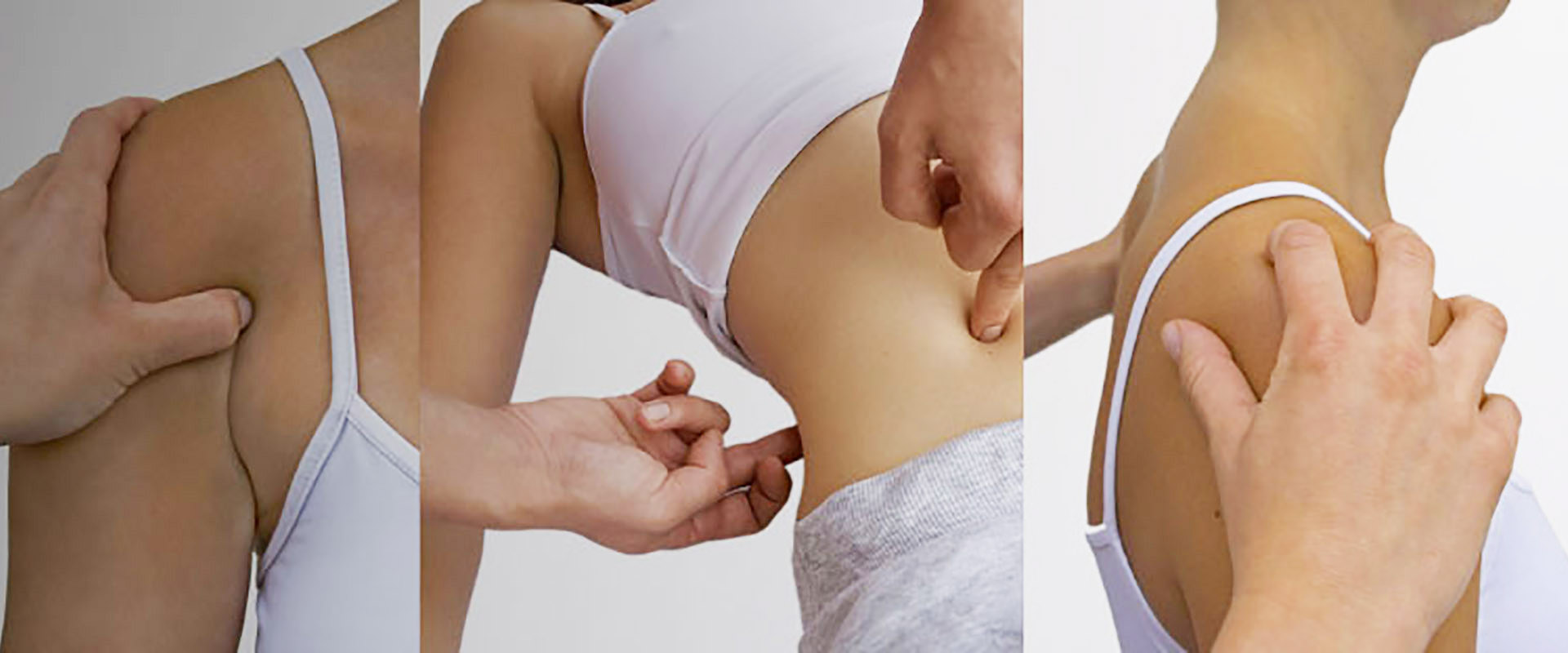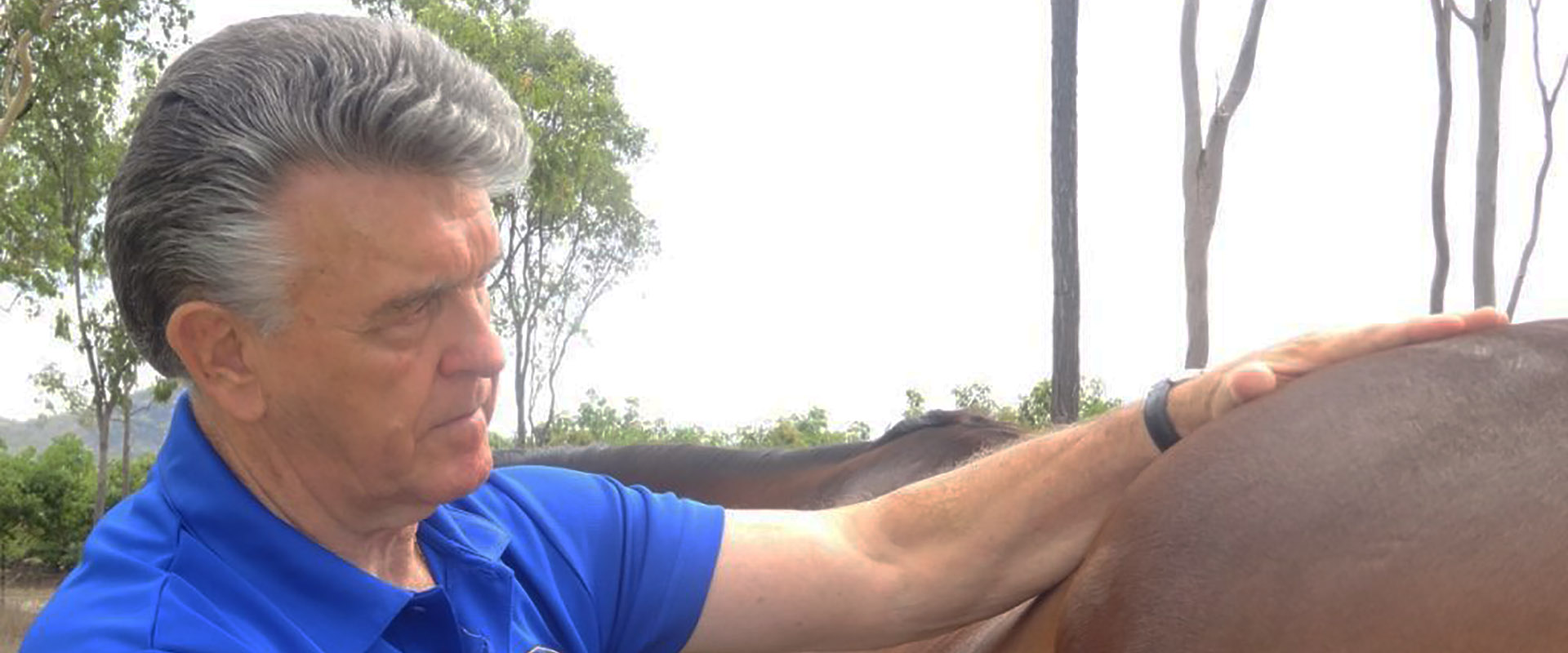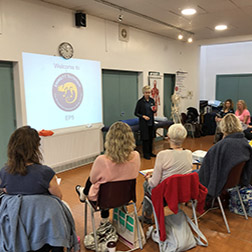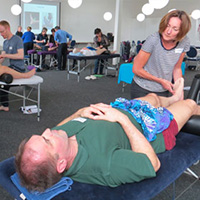Welcome!
This is the official home of EMMETT Therapies (Human & Animals) in the UK and Ireland (ETUK & Ireland).
ETUK & Ireland is dedicated to delivering professional EMMETT Therapies training for human and animal therapists and providing information and resources to assist you in locating a registered practitioner in your local area.
Welcome to the EMMETT Technique
"My technique is widely recognised as a gentle, safe and simple way to apply
muscle release therapy based on an understanding of the body’s response to light touch."
- Ross Emmett
What is it all about?
You or your animal need a treatment?
Therapy training
Become an EMMETT Technique Practitioner
Join one of our courses and begin your EMMETT journey
The EMMETT Technique is easy to learn. There are short courses for beginners and the curious and a schedule of training modules for those wishing to expand their training.
Visit our Training pages to learn more.
TESTIMONIALS
It’s all fitting together nicely!
Thank you for four inspiring days on EP1 & 2, in Birmingham. My mind and body are still processing all… Read more “It’s all fitting together nicely!”
Outstanding success combining EMMETT with Pilates
The EMMETT Technique is the most valuable ‘tool’ in my ‘tool box’! It works perfectly with my Pilates practice and… Read more “Outstanding success combining EMMETT with Pilates”
Thank you. I no longer walk like a crab!
I just want to thank you so much for your treatment that day a couple of weeks ago. You worked… Read more “Thank you. I no longer walk like a crab!”
Results that just blow your mind
I would like to thank you for an amazing and informative course a couple of weeks ago. I am now… Read more “Results that just blow your mind”
I only planned to attend Modules 1&2… now I’ve completed EP6!
I started my EMMETT Practitioner Training, in Kirkcaldy, Fife, Scotland, in February 2015. I only planned to attend Modules 1&2… Read more “I only planned to attend Modules 1&2… now I’ve completed EP6!”
I love the simplicity of EMMETT
I have been using the EMMETT Technique for 2 years now in my practice as a body therapist. I love… Read more “I love the simplicity of EMMETT”
Wow! So pleased with what I’ve achieved after Modules 1&2!
Thank you for all your care, attention and support during Modules 1 & 2 of the training. I really enjoyed… Read more “Wow! So pleased with what I’ve achieved after Modules 1&2!”
Your patience is exceptional
Thank you- lovely course as always and your patience is exceptional! Sylvia, Senior… Read more “Your patience is exceptional”
Discomfort is radically reduced
I see a lady for Personal training who has fibromyalgia and is in pain most of the time. Since I… Read more “Discomfort is radically reduced”
I feel empowered!
What can I say? A superb course that has released so much within me and empowered me to help others… Read more “I feel empowered!”
Couldn’t believe the results
I’ve had Emmett therapy several times over the years, for all sorts of ailments by Sue a lady in Congleton,… Read more “Couldn’t believe the results”
Minor injuries can be resolved straight away with no break in training
The use of EMMETT Therapy has hugely enhanced the outcome of my treatments of clients with MS, stroke and Parkinsons… Read more “Minor injuries can be resolved straight away with no break in training”
The pain went away and has not returned
One of my patients had a persistent pain in the side of his leg that had resisted several attempts at treatment… Read more “The pain went away and has not returned”
It’s good stuff!
2 good results this morning: – a regular patient with bad fibromyalgia having trouble abducting arms. ACJ moves worked brilliantly,… Read more “It’s good stuff!”
I was so amazed by my horse’s reaction
Tony came to treat my 16.2hh thoroughbred gelding Rex after he had spent 19-days in an equine hospital, recovering from… Read more “I was so amazed by my horse’s reaction”
What amazing results!
I have been a massage therapist for 12 years. Integrating the EMMETT Technique using Ross’ theory, application methods with massage… Read more “What amazing results!”
Still no drugs
Still no drugs and back at work, everyone stunned at the recovery,and so quick 1 of our nurse prescribers came… Read more “Still no drugs”
I was “blown away”
I came to know the Emmett Technique almost by accident as an EMM-Tech day had been organised by my Body… Read more “I was “blown away””
Emmett can help both the horse and the rider at the same time
“I stumbled upon Emmett4Horses and Tony Sherry by chance while looking at equine massage courses and signed up for the… Read more “Emmett can help both the horse and the rider at the same time”
Terrific training!
Thank you for a terrific Module 3. Really looking forward to Module 4 and will gets lots of practice in… Read more “Terrific training!”
EMMETT had immediate effect on my neck!
I am a deep tissue massage therapist and am also qualified in other forms of massage, Reflexology, and Reiki. I… Read more “EMMETT had immediate effect on my neck!”
EMMETT is a valuable part of my everyday practice
The EMMETT Technique is a valuable part of my everyday practice in treating patients. The general feedback I get from… Read more “EMMETT is a valuable part of my everyday practice”
EMMETT has provided me with precision, purpose and meaningful treatments
Ross Emmett’s Technique is the quickest most effective treatment out there. By incorporating it into my existing disciplines clients invariably… Read more “EMMETT has provided me with precision, purpose and meaningful treatments”
Horses Course
Catherine After a few nudges from the Universe, I made contact with Tony for further information on Emmett 4 horses… Read more “Horses Course”
This stuff is incredible!
I’m still blown away with what I learned at the EMM-Tech course. This stuff is incredible. I’m implementing it into my… Read more “This stuff is incredible!”
Better than sex !
Just saw the lady with the locked jaw. She says she has not been able to open her mouth very… Read more “Better than sex !”
“Fantastic weekend course”
Really just wanted to say thank you for a fantastic weekend. I got so much out of it and enjoyed… Read more ““Fantastic weekend course””
My pain level had dropped to around two out of ten
I originally booked on a one-day introductory horse course with Tony Sherry. I don’t ride so it was more to… Read more “My pain level had dropped to around two out of ten”
I’ve had amazing results!
I thank you so much for allowing me this opportunity!! It was such a good course. I had amazing results… Read more “I’ve had amazing results!”


